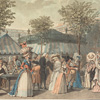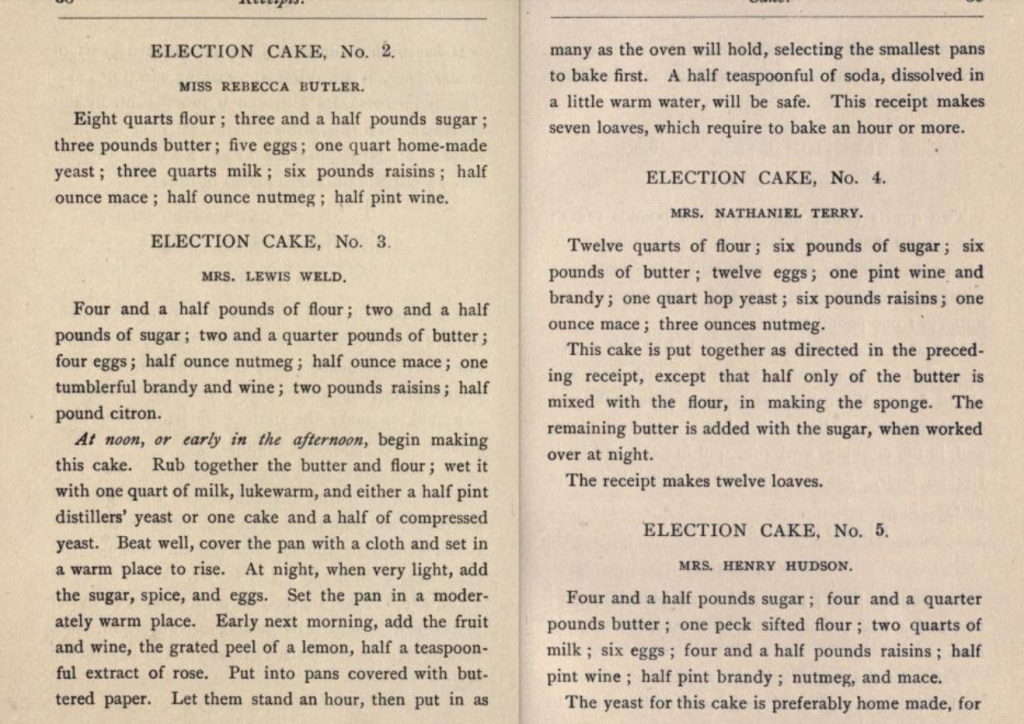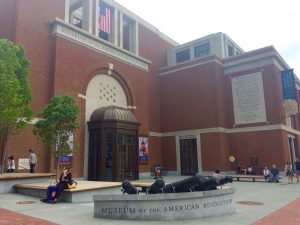Current Events in Historical Context , Perspectives Daily
On the Peaceful Transfer of Power
Lessons from 1800
John Adams chased the dawn right out of Washington, DC, departing the half-built city shortly after four o’clock in the morning on March 4, 1801. He knew it was time to go. In a battering election that pitted Adams against his friend-turned-rival Thomas Jefferson, the New England Federalist suffered a humiliating and life-changing defeat. His popular predecessor, George Washington, swung into a second term easily. But the rules of the game had changed: Adams faced violent factionalism from within his administration, a seething press, rampant electioneering, and the eruption of party politics.

Portrait of John Adams, ca. 1792–93, painted by John Trumbull. White House Collection/White House Historical Association. Public domain.
To many, Adams’s track record in office was controversial at best, thanks to the passage of the Alien and Sedition Acts and an unpopular foreign policy with France. While the second president summered at his farm in Quincy, Massachusetts, Alexander Hamilton and a newly minted corps of campaigners trawled for votes. Fanning out across cities and towns, they set political fires in the local press that blazed across the very states Adams needed to win, and wouldn’t. He watched from afar, loathing the campaign tactics taking root. “If my administration cannot be defended by the intrinsic merit of my measures & by my own authority, may it be damned,” he wrote to his son Thomas Boylston Adams in late August. The elder Adams held strong opinions on elections, informed by his close study of classical republics and Renaissance state formation. He hoped to be known as the 18th-century ideal of a disinterested public servant, so a hard loss at the polls meant one thing: Transfer power peacefully to a new president, thereby safeguarding the office and the nation it served.
The election of 1800 did not invent this idea, but it did engrave America into history as a democracy. Both men vying for the presidency would have known Plato’s caution. Democracies thrived on the verge of oligarchy, and executive power—embodied by either president or king—risked turning into tyranny the longer its tenure. When did John Adams know his presidency was over, and what did he do about it? In the most technical sense, he lived (awkwardly) with the impending loss of power from December 1800, when key electoral votes failed to tip his way. He was not eager to stick around and watch the next inauguration.
Adams was not eager to stick around and watch the next inauguration.
Nor was his family. Abigail Adams sat down to her last supper with Thomas Jefferson in January 1801, on a night when neither of them knew whether he would serve next. They shared “a curious conversation.” Jefferson despaired of a partisan Congress, adding that he found “more candor and liberality upon one side than there is upon the other.” Abigail pushed back, observing that, “Some are mere Brutes, others are Gentlemen—but party Spirit, is a blind spirit.” When Jefferson fished for a comment on her husband’s political loss, Abigail demurred. They shared a low laugh. In private, Abigail gave her view of Jefferson’s incoming administration with customary frankness: “His prospect is not a summer sea.” Like John, she began packing for home. Reactions to the election ran hotter beyond the Adams-Jefferson bubble of the Capitol grounds. A general mood of crisis and fear of disunion plagued the press, as the US House of Representatives took six days and 36 ballots before breaking Jefferson’s deadlock with Aaron Burr. With the democratic machinery intact, lawmakers turned to electoral reform.
Historians can read plenty of pointed lessons in the presidential election of 1800. It is the revolution after the Revolution. It marks the birth of a party system and the visible decay of Federalist power. It shows a critical exercise of constitutional force by each branch of government, conducted under scrutiny and at great cost. It is a surprisingly uncivil brawl between two aging revolutionaries, their long friendship soured by party politics. But to citizens like Margaret Bayard Smith, the American author and political commentator, the day of Jefferson’s inauguration underscored the durability of American democracy. Raised in a Federalist household and married to a Democratic-Republican newspaper editor, Smith savored the shift. “I have this morning witnessed one of the most interesting scenes, a free people can ever witness,” she wrote. “The changes of administration, which in every government and in every age have most generally been epochs of confusion, villainy and bloodshed, in this our happy country take place without any species of distraction, or disorder.” For Adams and Jefferson alike, the driving need to sustain the fledgling democracy and preserve union overrode party demands.
The driving need to sustain the fledgling democracy and preserve union overrode party demands.
The chief significance of the election of 1800, as Smith rightly identified it, was the peaceful transfer of power between two parties. As he battled through personal and professional defeats in 1800 and 1801, using “midnight appointments” to sculpt a Federalist judiciary as his legacy, John Adams reflected that the election of 1800 was about far more than two men trading power, or knowing when to let go. Rather, an election was the country’s best mirror. “In short one half the Nation has analyzed itself, within 18 months, past and the other will analyze itself in 18 months more,” he wrote to Abigail on November 15, 1800. “By that time the Nation if it has any Eyes, will see itself in a Glass. I hope it will not have reason to be too much disgusted with its own Countenance.” In his last look around the presidential office, John Adams weighed Jefferson’s challenges with unique appreciation. Then, quietly, he returned power to where it rightfully rests—with the people.
Sara Georgini is series editor for The Papers of John Adams, part of the Adams Papers editorial project based at the Massachusetts Historical Society, and a member of the AHA Council for the Research Division. She tweets @sarageorgini.
Tags: Current Events in Historical Context Perspectives Daily Research North America Political History

This work is licensed under a Creative Commons Attribution-NonCommercial-NoDerivatives 4.0 International License. Attribution must provide author name, article title, Perspectives on History, date of publication, and a link to this page. This license applies only to the article, not to text or images used here by permission.
The American Historical Association welcomes comments in the discussion area below, at AHA Communities, and in letters to the editor. Please read our commenting and letters policy before submitting.
Comment
Please read our commenting and letters policy before submitting.









